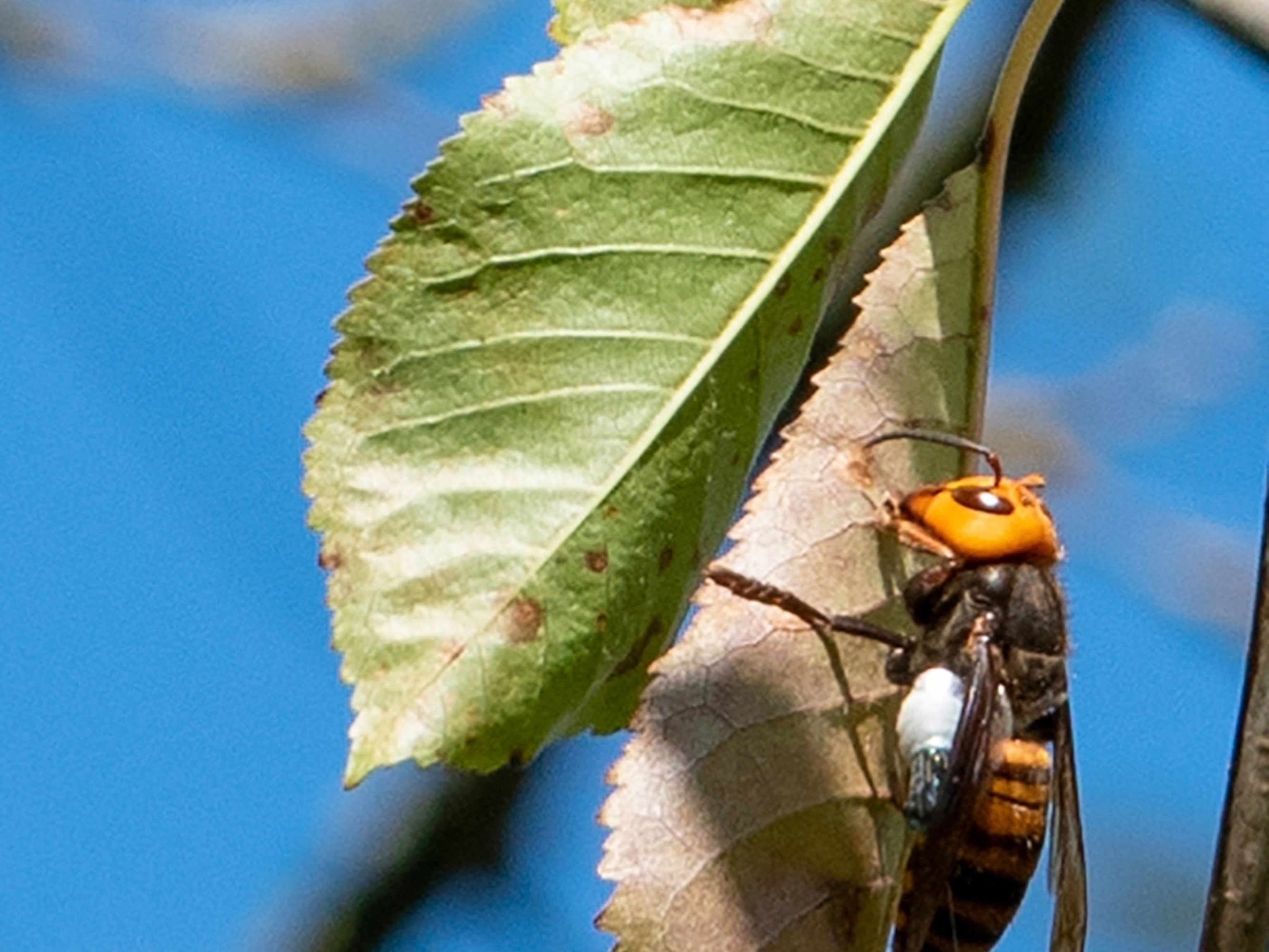Meet the next generation of National Geographic Explorers
These trailblazers look back in time and up into Earth’s orbit. They tackle the planet’s biggest problems and examine some of its smallest creatures.
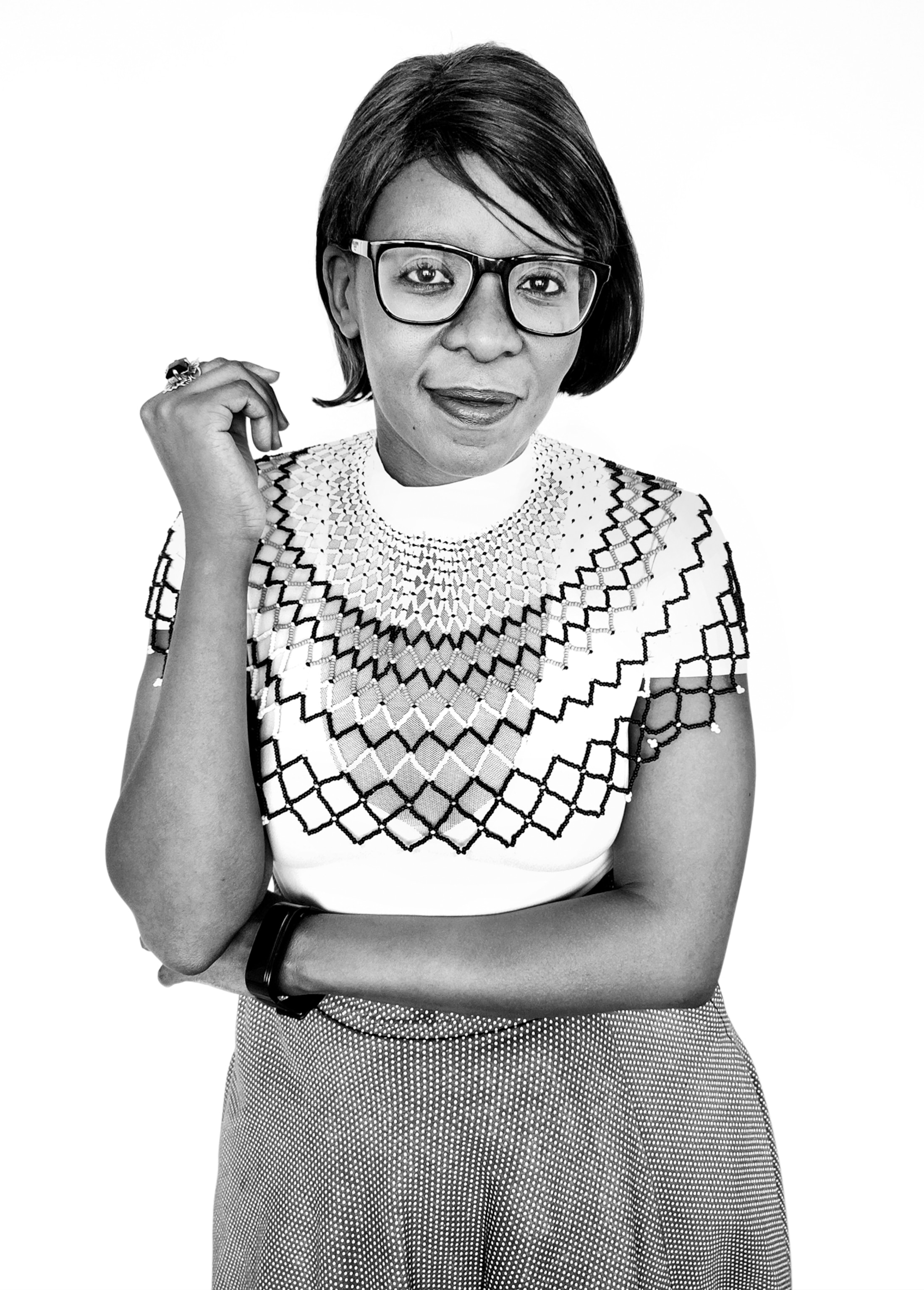
ByJordan Salama and Rachel Hartigan
Photographs byPari Dukovic
June 6, 2023
5 min read


My team and I got flash flooded out of Petra [Jordan]. We attempted to drive through the rains and waters, but it was too much, and we had to turn back. Petra and the surrounding community in Wadi Musa are experiencing more rainy days and more flash floods as a changing climate impacts regional precipitation. These increasingly common floods shut down the site … and erode its irreplaceable facades.Victoria Herrmann
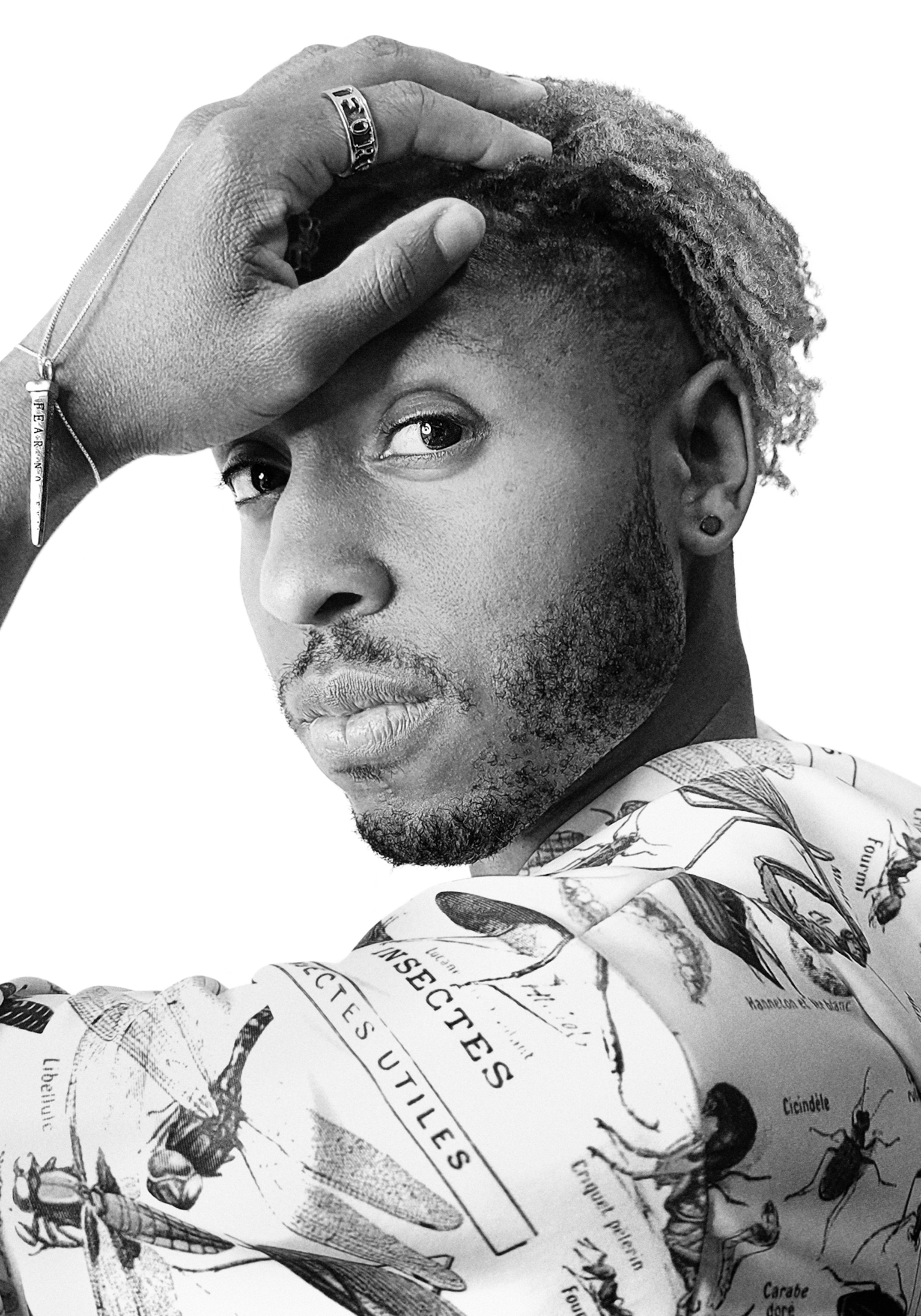

As night fell, I watched dozens of men free-climb this huge tree with bundles of herbs that they’d lit ablaze. Using only those makeshift smokers, they were able to calm the bees and cut away a small section of the honeycomb … It looked like giant orange fireflies slowly drifting through the trees.Samuel Ramsey
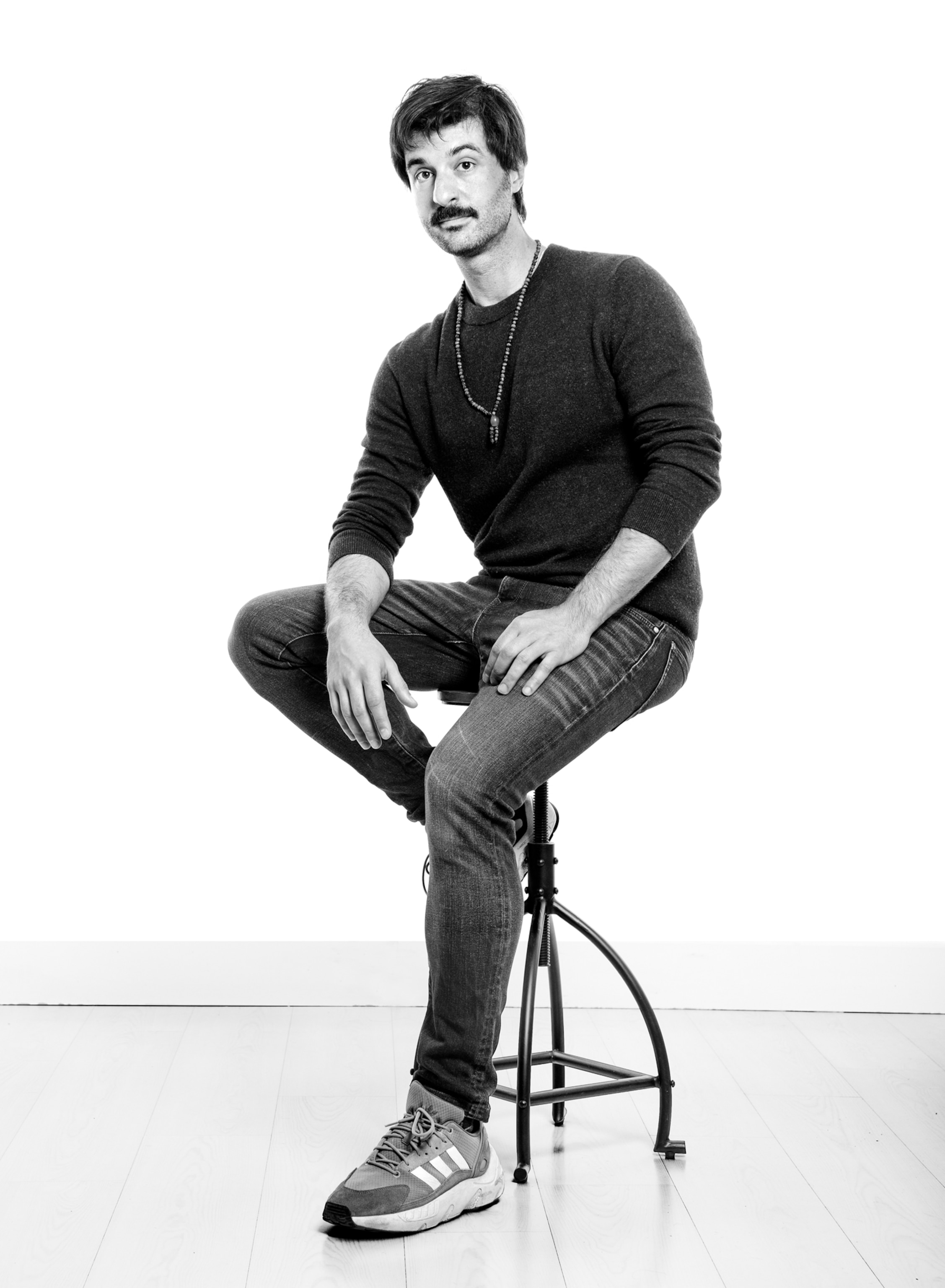

The mama bear charged against us and hit the sled with her enormous paw. The whole situation lasted just a few seconds, but while I was shooting pictures with both of my cameras and holding desperately to the bumping snowmobile, I had an instant in which the polar bear and I made eye contact. I saw the white of her eyes, and then I thought, Damn. We are too close.Álvaro Laiz
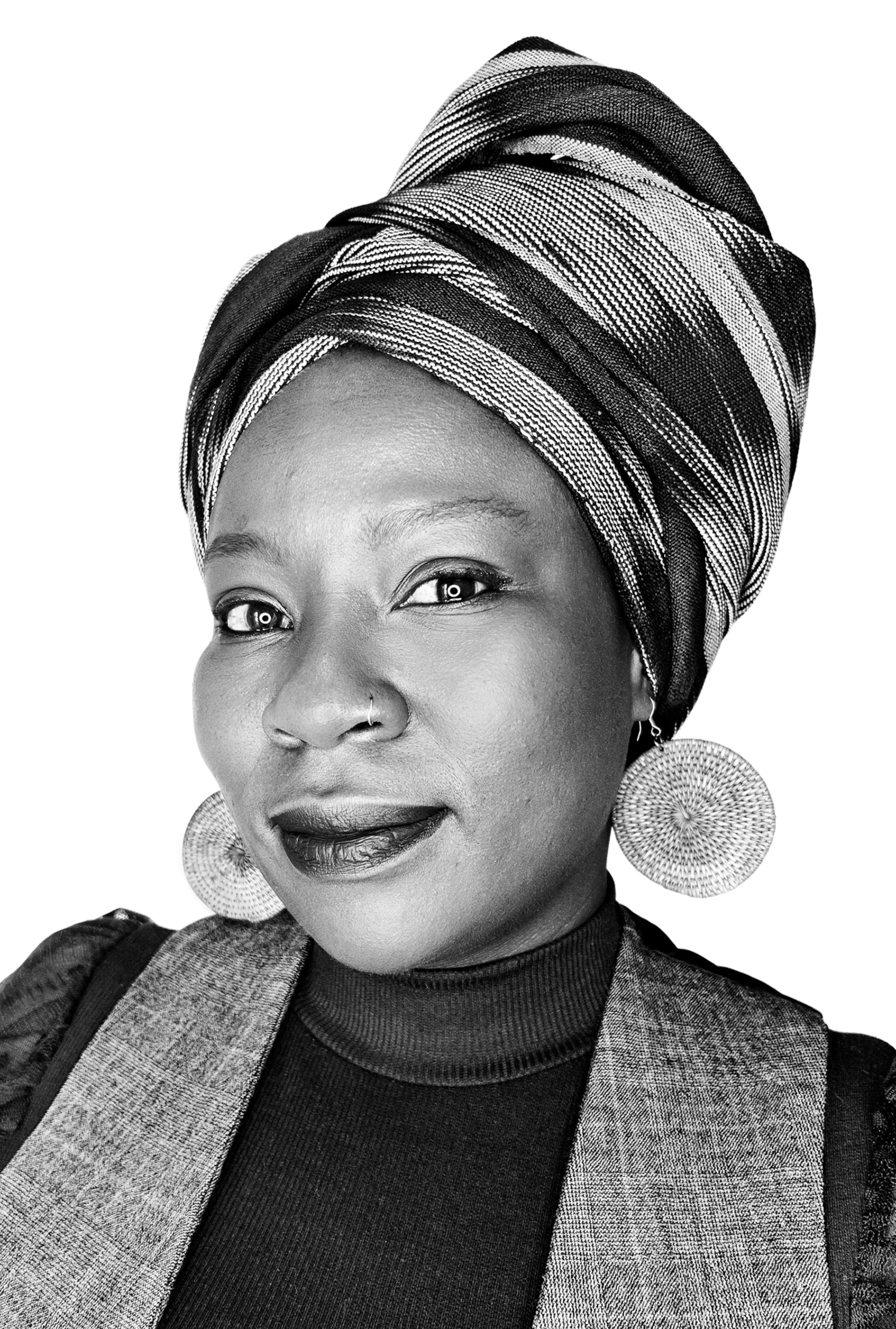
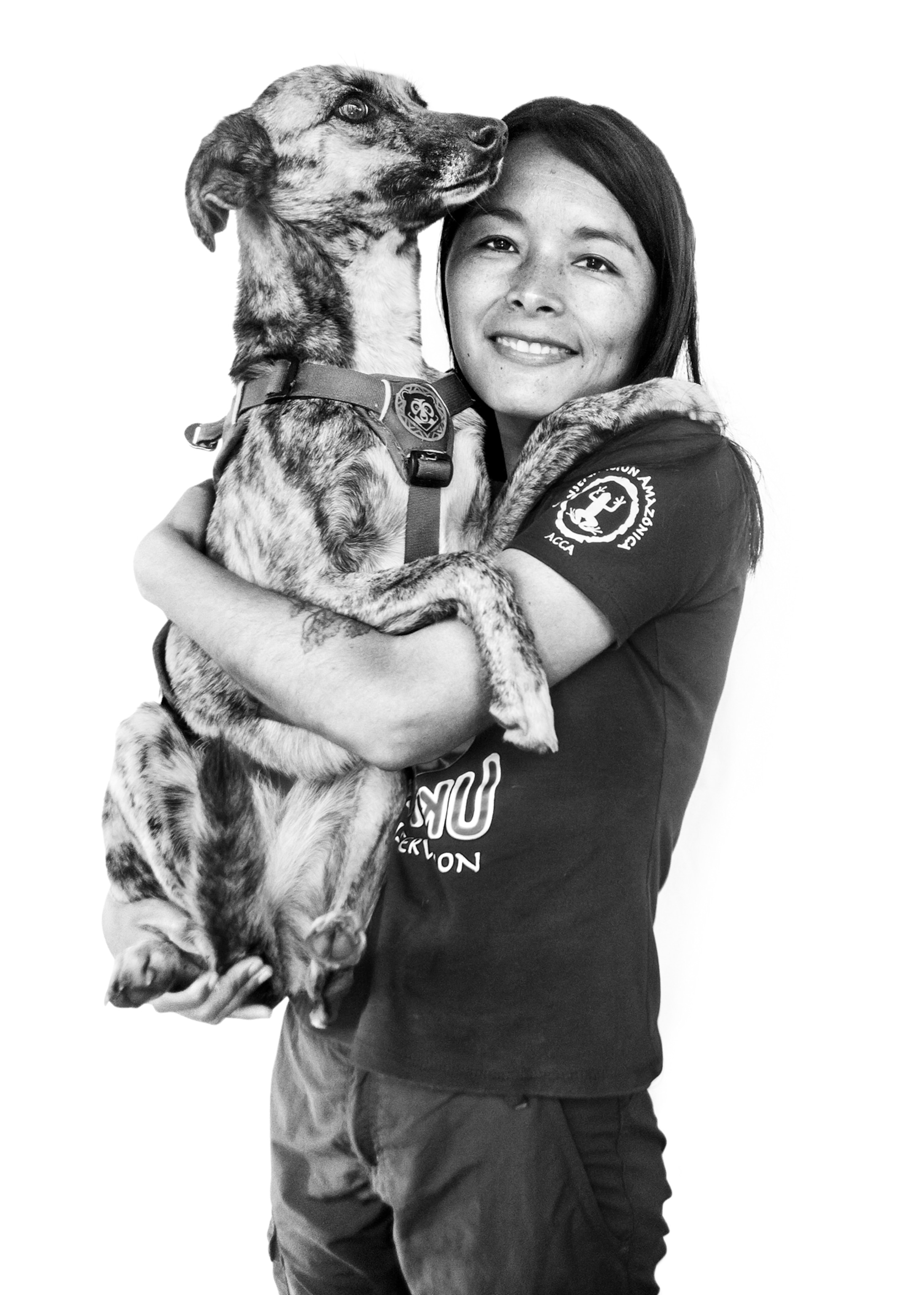
We couldn’t find water [in the cloud forest]; the streams were dry … Desperate, one of the local guides came up with the idea of squeezing the water from the beards of the trees—‘mosses’—and collecting the water from the bromeliads … For four days, we continued advancing with this survival technique until we reached 1,900 meters, where it began to rain nonstop.Ruthmery Pillco Huarcaya
Pari Dukovic is an award-winning photographer working across the genres of portraiture, fashion, and reportage. His story on COVID-19 appeared in the November 2020 magazine.
This story appears in the July 2023 issue of National Geographic magazine.
This story appears in the July 2023 issue of National Geographic magazine.




